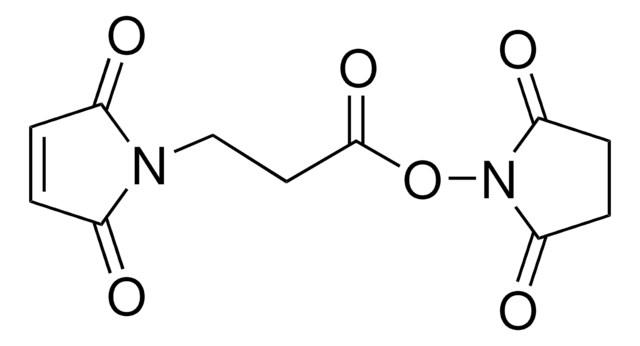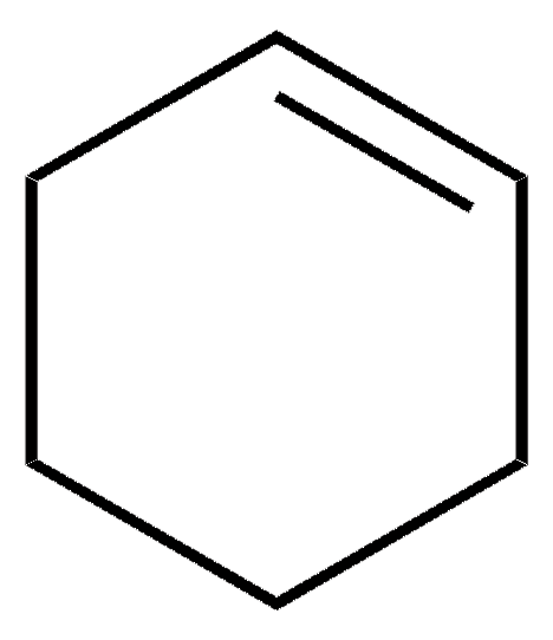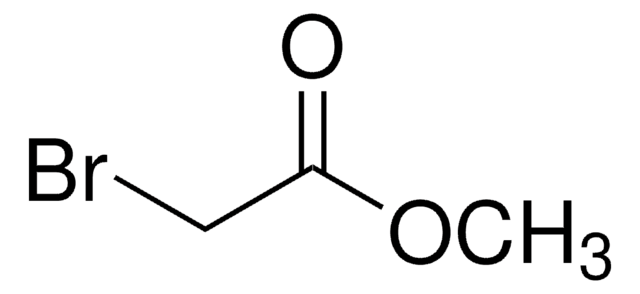60109
Potassium carbonate
puriss. p.a., ACS reagent, anhydrous, ≥99.0% (T)
About This Item
Recommended Products
grade
ACS reagent
puriss. p.a.
Assay
≥99.0% (T)
form
powder or crystals
impurities
≤0.001% total nitrogen (N)
≤0.004% total sulfur (as SO4)
loss
≤1% loss on drying, 300 °C
pH
11-13 (25 °C, 138 g/L)
mp
891 °C (lit.)
anion traces
chloride (Cl-): ≤30 mg/kg
phosphate (PO43-): ≤10 mg/kg
silicate (as SiO2): ≤50 mg/kg
cation traces
Ag: ≤5 mg/kg
Al: ≤5 mg/kg
As: ≤0.5 mg/kg
Ba: ≤5 mg/kg
Bi: ≤5 mg/kg
Ca: ≤10 mg/kg
Cd: ≤5 mg/kg
Co: ≤5 mg/kg
Cr: ≤5 mg/kg
Cu: ≤5 mg/kg
Fe: ≤5 mg/kg
Li: ≤5 mg/kg
Mg: ≤5 mg/kg
Mn: ≤5 mg/kg
Mo: ≤5 mg/kg
Na: ≤200 mg/kg
Ni: ≤5 mg/kg
Pb: ≤5 mg/kg
Sr: ≤5 mg/kg
Tl: ≤5 mg/kg
Zn: ≤5 mg/kg
heavy metals: ≤5 ppm (by ICP-OES)
SMILES string
[K+].[K+].[O-]C([O-])=O
InChI
1S/CH2O3.2K/c2-1(3)4;;/h(H2,2,3,4);;/q;2*+1/p-2
InChI key
BWHMMNNQKKPAPP-UHFFFAOYSA-L
Looking for similar products? Visit Product Comparison Guide
Related Categories
General description
Application
- Improved 2-pyridyl reductive homocoupling reaction using biorenewable solvent Cyrene (dihydrolevoglucosenone).: This study leverages potassium carbonate to enhance the homocoupling reaction of 2-pyridyl groups, showcasing its application in green chemistry for sustainable synthesis practices (Webb et al., 2023).
- Synthesis, Characterization and Biological Evaluation of Magnolol and Honokiol Derivatives with 1,3,5-Triazine of Metformin Cyclization.: Potassium carbonate is used as a base in the synthesis of novel triazine derivatives, demonstrating its role in the development of biologically active compounds in pharmaceutical research (Ren et al., 2020).
- Synthesis of (18) F-radiolabeled organophosphine fluorides for thiol-chemoselective peptide conjugation.: This article highlights the use of potassium carbonate in the preparation of radiolabeled compounds, essential for advancements in peptide conjugation and imaging techniques in molecular biology (Zhuang et al., 2020).
- Molten-salt treatment of waste biomass for preparation of carbon with enhanced capacitive properties and electrocatalytic activity towards oxygen reduction.: Potassium carbonate is employed in molten-salt treatments to convert biomass into high-performance carbon materials, illustrating its importance in energy storage and environmental applications (Lu et al., 2016).
Other Notes
Signal Word
Warning
Hazard Statements
Precautionary Statements
Hazard Classifications
Eye Irrit. 2 - Skin Irrit. 2 - STOT SE 3
Target Organs
Respiratory system
Storage Class Code
13 - Non Combustible Solids
WGK
WGK 1
Flash Point(F)
Not applicable
Flash Point(C)
Not applicable
Certificates of Analysis (COA)
Search for Certificates of Analysis (COA) by entering the products Lot/Batch Number. Lot and Batch Numbers can be found on a product’s label following the words ‘Lot’ or ‘Batch’.
Already Own This Product?
Find documentation for the products that you have recently purchased in the Document Library.
Customers Also Viewed
Our team of scientists has experience in all areas of research including Life Science, Material Science, Chemical Synthesis, Chromatography, Analytical and many others.
Contact Technical Service






